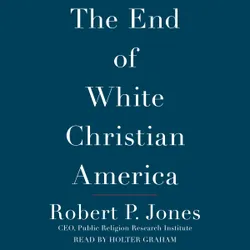A New York Times Bestseller
Taking the story of white supremacy in America back to 1493, and examining contemporary communities in Mississippi, Minnesota, and Oklahoma for models of racial repair, The Hidden Roots of White Supremacy is “full of urgency and insight” (The New York Times) as it helps chart a new course toward a genuinely pluralistic democracy.
Beginning with contemporary efforts to reckon with the legacy of white supremacy in America, Jones returns to the fateful year when a little-known church doctrine emerged that shaped the way five centuries of European Christians would understand the “discovered” world and the people who populated it. Along the way, he shows us the connections between Emmett Till and the Spanish conquistador Hernando De Soto in the Mississippi Delta, between the lynching of three Black circus workers in Duluth and the mass execution of thirty-eight Dakota men in Makato, and between the murder of 300 African Americans during the burning of Black Wall Street in Tulsa and the Trail of Tears.
From this vantage point, Jones offers a “revelatory…searing, stirring outline” (Kirkus Reviews, starred review) of how the enslavement of Africans was not America’s original sin but, rather, the continuation of acts of genocide and dispossession flowing from the first European contact with Native Americans. These deeds were justified by people who embraced the 15th-century Doctrine of Discovery: the belief that God had designated all territory not inhabited or controlled by Christians as their new promised land.
This “blistering, bracing, and brave” (Michael Eric Dyson) reframing of American origins explains how the founders of the United States could build the philosophical framework for a democratic society on a foundation of mass racial violence—and why this paradox survives today in the form of white Christian nationalism. Through stories of people navigating these contradictions in three communities, Jones illuminates the possibility of a new American future in which we finally fulfill the promise of a pluralistic democracy.


